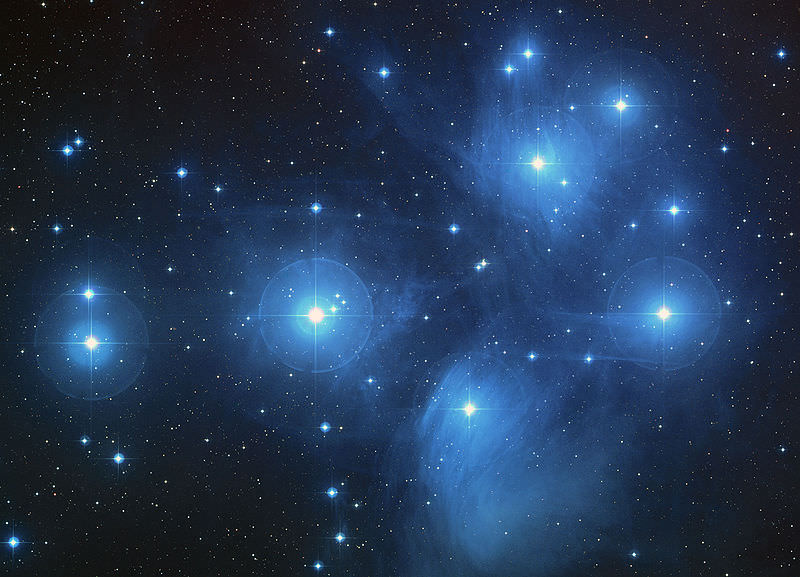The long standing view on the formation of stars is that they form in clusters. This theory is supported by understanding of the formation process that requires large clouds of gas and dust to be able to condense. Small clouds with enough mass to only form one star just can’t meet the required conditions to condense. In a large cloud, where conditions are sufficient, once one star begins, the feedback effects from this star will trigger other star formation. Thus, if you get one, you’ll likely get lots.
But a new paper takes a critical look at whether or not all stars really form in clusters.
The main difficulty in answering this question boils down to a simple question: What does it mean to be “in” a cluster. Generally, members of a cluster are stars that are gravitationally bound. But as time passes, most clusters shed members as gravitational interactions, both internal and external, remove outer members. This blurs the boundary between being bound and unbound.
Similarly, some objects that can initially look very similar to clusters can actually be groups known as an association. As the name suggests, while these stars are in close proximity, they are not truly bond together. Instead, their relative velocities will cause the the group to disperse without the need for other effects.
As a result, astronomers have considered other requirements to truly be a member of a cluster. In particular for forming stars, there is an expectation that cluster stars should be able to interact with one-another during the formation process.
Its these considerations that this new team uses as a basis, led by Eli Bressert from the University of Exeter. Using observations from Spitzer, the team analyzed 12 nearby star forming regions. By conducting the survey with Spitzer, an infrared telescope, the team was able to pierce the dusty veil that typically hides such young stars.
By looking at the density of the young stellar objects (YSOs) in the plane of the sky, the team attempted to determine just what portion of stars could be considered true cluster members under various definitions. As might be expected, the answer was highly dependent on the definition used. If a loose and inclusive definition was taken, they determined that 90% of YSOs would be considered as part of the forming cluster. However, if the definition was drawn at the narrow end, the percentage dropped as low as 40%. Furthermore, if the additional criterion of needing to be in such proximity that their “formation/evolution (along with their circumstellar disks and/or planets) may be affected by the close proximity of their low-mass neighbours”, the percentage dropped to a scant 26%.
As with other definition boundaries, the quibbling may seem little more than a distraction. However, with such largely varying numbers attached to them, these triflings carry great significance since inconsistent definitions can greatly distort the understanding. This study highlights the need for clarity in definitions for which astronomers constantly struggle in a muddled universe full overlapping populations and shades of gray.


@HEADAROUNDU,
Here’s a message 4U: A picture speaks a thousand words. 😉
That “Its” at the start of the sixth paragraph should be It’s (It is). 🙂
— Ivan3man, for and on behalf of The Apostrophe Protection Society. 😎
Just die, Ivan. 😀
Headaroundu, that’s not cool. There are kids who visit this site.
Plus we all accept Ivan’s grammatical corrections as a contribution.
Opps, sorry that link is broken, here you go Star-forming gas in young clusters.
Galaxies form in clusters probably the same way that stars and atoms do. smaller atomic nuclei particles interchange between other nuclei, yet we call something an atom if it appears stable long enough to our time scale. an individual atom has a brief transitory existance and isn’t really a stable long lasting atom its original constituents change including sharing losing swapping electrons. Stars too blow out solar winds and acquire more gases and what we call an individual star is really a tiny bose-einstein condensate particle in the galaxy. Superclusters collide too and my theory is that gravity and dark energy are all the same force because there is not a final size for quantum particles nor cosmological structures. We see experience ever smaller particles inside ourselves, and ever larger ones outside ourselves in the universe. this is what Hawking describes when he says in his mind he is free to travel anywhere he wishes in the universe.